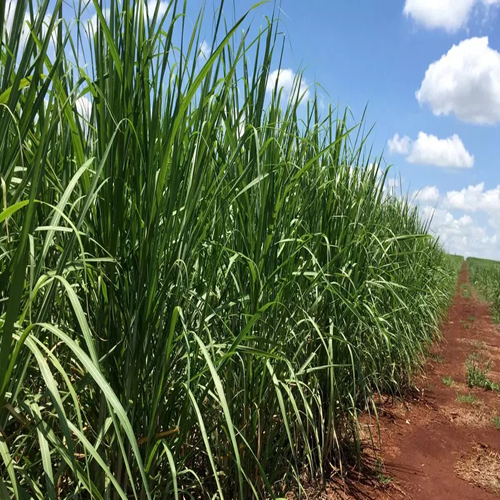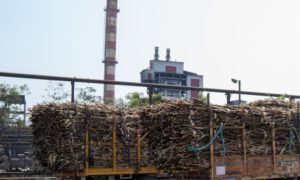PTR, WWF India promote sugarcane in tiger corridor, raising conflict concerns

Pilibhit Tiger Reserve and WWF India are encouraging sugarcane cultivation along the Garha-Lalpur corridor to help tigers cross fragmented forest patches. Workshops are training farmers on modern techniques, but experts warn that cane fields increase human-wildlife conflict. Critics also highlight the presence of obstructive fencing and suggest restoring natural vegetation instead for safer, sustainable connectivity.
PILIBHIT: The Pilibhit Tiger Reserve (PTR), in partnership with WWF India, are encouraging farmers to cultivate sugarcane along the Garha-Lalpur corridor — a critical 1.5 km link between two fragmented parts of PTR’s Mala range, which lies along the Pilibhit-Basti NH 730 and is known for its high tiger density.
To promote this plan, WWF India is organising workshops for local farmers, offering expert training on advanced sugarcane cultivation techniques. The sessions are being conducted with support from scientists at Krishi Vigyan Kendra (KVK) and supervisors from the district cane department.
Sugarcane has long been identified as a driver of human-big cat conflict in the Terai landscape. Experts warn that tigers and leopards often treat cane fields near forest edges as extensions of their habitat, using them for cover or even to rear cubs, which increases the risk of encounters with humans.
Divisional head at the Wildlife Trust of India (WTI ) Abhishek Ghosal said, “Sugarcane farming near forests is a major cause of conflict. People working in the fields are vulnerable to attacks, and retaliatory killings of big cats often follow.”
Former WTI state head PC Pandey added that tigresses are especially protective of their cubs when hiding in cane fields and may respond aggressively to human presence.
Despite this, PTR divisional forest officer Manish Singh and WWF project manager Naresh Kumar argue that sugarcane could help tigers safely cross between forest patches by providing concealment from external threats. “Their visibility will be minimal in high cane, reducing the risk of attack during movement outside the forest,” said Singh.
Ghosal, however, questioned the approach, suggesting that food crops like wheat and paddy — which do not offer cover for big cats — would be safer alternatives for farmers. “Natural vegetation should be used to restore connectivity between forest patches, not cash crops,” he said.
Critics also said that solar and barbed wire fences along the corridor, which hinder wildlife movement, remain unremoved — undercutting PTR’s own connectivity goals.
To Read more about Sugar Industry continue reading Agriinsite.com
Source : The Times Of India

















